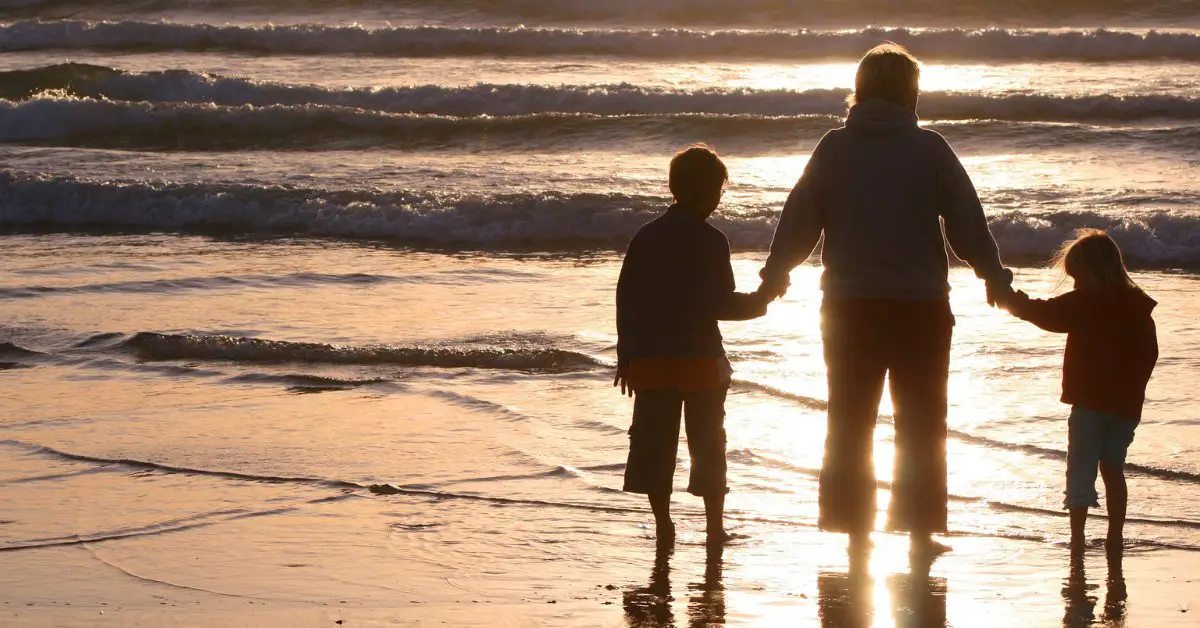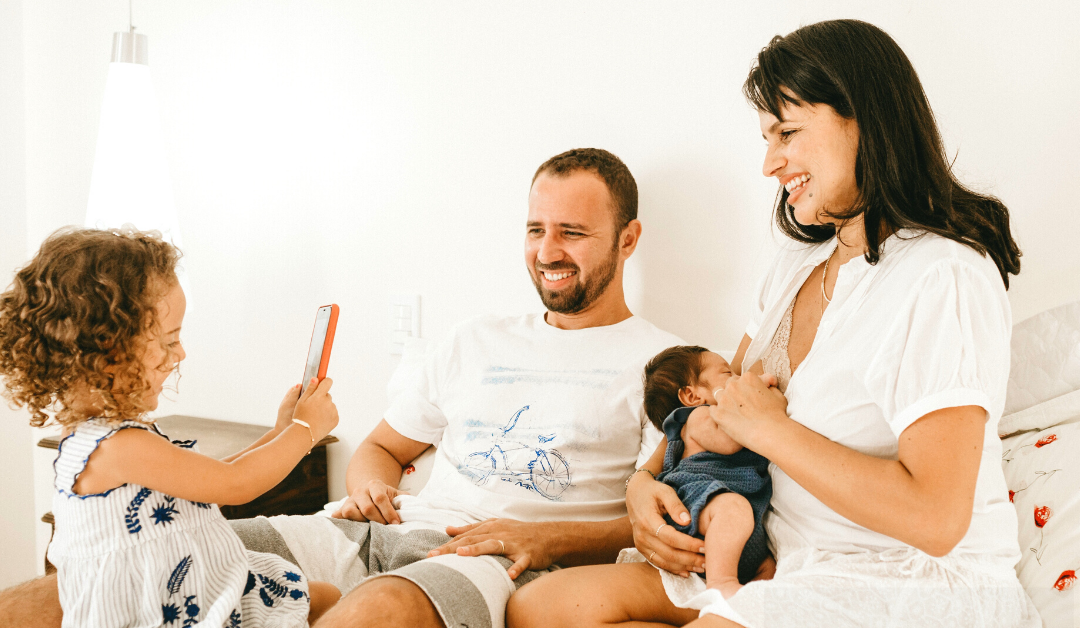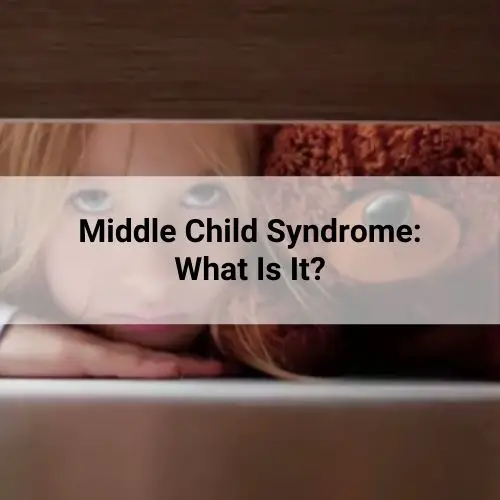Table of Contents
The Development of Positive Discipline
In 1981, Jane Nelsen, Ed.D, a licensed marriage, family, and child counselor employed the ideologies of Dr. Adler and his partner Dr. Rudolf Dreikurs to come up with the philosophy of Positive Discipline. Positive Discipline is what forms the basis of the modern philosophy of Positive Parenting. While parenting experts have slightly varied outlooks, they agree that parents who use positive parenting methods need to be compassionate and firm at the same time. Firm but fair.What is Positive Discipline?
Positive Discipline is a method where parents clearly communicate which behaviors are appropriate and which ones aren’t, and what the consequences of good and bad behavior are. It is an authoritative method focused on encouragement and problem-solving. Positive Discipline does not use yelling, spanking, or severe punishment. Many have found this positive parenting concept to be motivating and effective for children.Five Criteria for Positive Discipline
#1 It is kind yet firm. #2 It gives children a sense of belonging and significance. #3 It is effective for the long-term. #4 It teaches valuable social and life skills. #5 It allows children to discover how capable they are and to use their personal power in constructive ways.How to Use Positive Discipline
#1 Use Encouragement Liberally
Positive discipline focuses on encouragement over praise. Instead of praising your child for a job well done, focus on their efforts, even if the outcome isn’t a success. Encouragement helps your child to recognize their capabilities and teaches them to be more independent. Help your child feel appreciated and recognized, as positive discipline is based on the belief that all kids need to feel a deep sense of belonging. Showing your child how to handle mistakes is also important. When you make mistakes, make sure to apologize to your child. This teaches your child the importance of taking responsibility for their own behaviors and shows the importance of learning from mistakes.#2 Build a Positive Relationship
Positive discipline employs an authoritative approach. Children are encouraged to share their feelings and discuss their ideas and problems openly. Parents then help the child to resolve issues while maintaining respectful communication. Spend quality time with your child every day to nurture a healthy relationship. You can play, talk, or simply enjoy each other’s company. Make time to talk to your child about the feelings he experienced throughout the day. Ask him when he felt the saddest and happiest. Then talk about how your day went. It’s a great opportunity to learn about one another and strengthen your relationship.#3 Solve Problems Together
This exercise teaches children problem-solving skills while being given the opportunity to share their opinions. Mutual respect is a vital part of the process. When your child exhibits behavior problems, sit down together and talk about it. Say something like, “You haven’t done your house duties for two nights now. What can we do about that?” This form of open communication will help your child be more motivated to do better.#4 Focus on Teaching
Teaching is an important step in the process. Give your child clear guidelines and explain your expectations ahead of time. Assign chores and take time to teach your child how to wash the dishes or how to make their bed properly. This will help to avoid any misunderstandings.#5 Don’t Punish, Use Discipline
In positive discipline, there is a sharp distinction between discipline and punishment. Consequences should teach life lessons that prepare children to become responsible adults. Time-out is not considered a punishment. It is designed to teach children to take a break when they need to cool down. Eventually, they will be able to take a time-out on their own without being sent there as a consequence. Strive to encourage good behavior. Looking for the right sleeping bag for your camping trip? Click this link to view product and choices. What are your thoughts on Positive Discipline? Do you use any of the positive discipline tips mentioned in this article?
We’d love to hear from you!
Let us know in the comments below.
What are your thoughts on Positive Discipline? Do you use any of the positive discipline tips mentioned in this article?
We’d love to hear from you!
Let us know in the comments below.Related Articles:

Michael Oliver
Father of two lovely and special children. I'm an engineer (electrical) by trade and have worked at many a blue chip organization in the past. From Ford Motor Company to Airbus to Wyeth Pharmaceuticals to the UK National Health Service I've had a pretty diverse working life. After completing my MBA I wanted to break away from the corporate 'cubicle' so I founded Stuff4Tots as a means of being at home for my family and creating a future for us all.
Now as CEO of Stuff4Tots I bring together my expertise as a parent, a husband and a professional to serve fellow parents providing useful and relevant information and products to new families.





